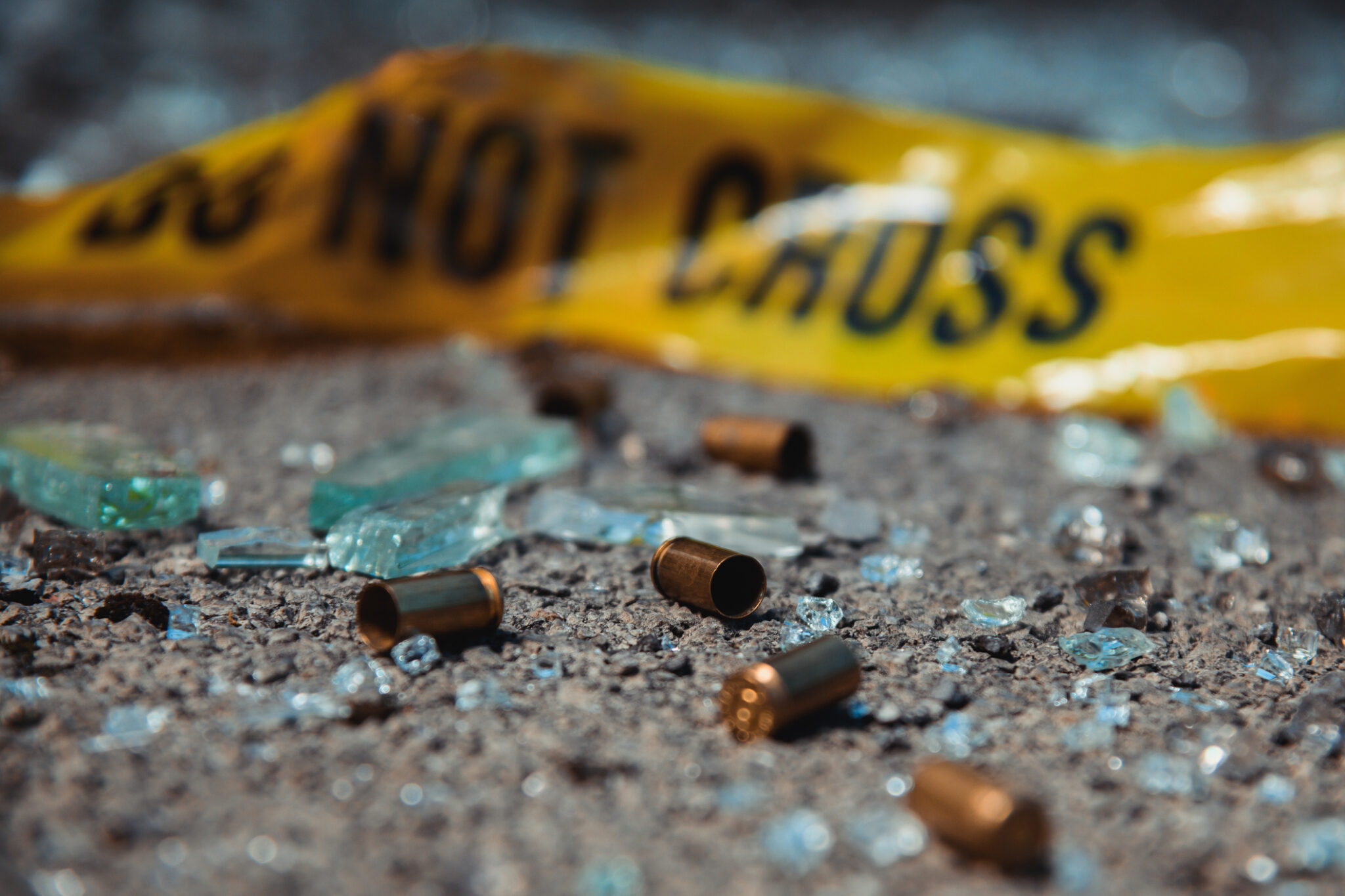By Roger Chesley
Kelvin Wright, the recently retired police chief of Chesapeake, remains bewildered by the slaying of Daevon Shaquille Miller outside a restaurant-nightclub several years ago. Scores of people witnessed a murder and stayed quiet – except for posting photos of the crime on the internet.
“Well over 100 people were there,” Wright told me this week, “and not one person came forward.” Several did, however, publish photos online of the mortally wounded Miller, he noted grimly.
Not human nature at its finest. Even though 30 officers were at the murder scene, people there were mum.
Chesapeake, the state’s second-biggest city, has a strong record of arresting homicide suspects and charging them. With 25 homicides in 2022, police arrested suspects in 68 percent of the cases, The Virginian-Pilot reported.
However, the 2011 shooting of Miller, just 18, still hasn’t been solved. Police said Miller was shot during an argument in the parking lot around 1:45 one morning. The high school graduate left behind a wife and an infant son, according to published reports and an online obituary.
The fatal shooting is an example of a disturbing, persistent trend across America:
Many police departments, often in large cities, aren’t “closing” – or clearing – a huge percentage of slayings. “Closing” means police have arrested someone or identified a suspect, now dead or possibly in prison.
Roughly half of the homicides in the country aren’t being closed, according to the most recent statistics. The percentage is way down from the 1960s, in the pre-Miranda era and at a time when departments weren’t scrutinized closely, so many likely fudged the stats.
The percentage of homicide cases cleared today, though, is still much lower than the 1990s.
News articles and criminology experts say the keys to arresting suspects are witnesses willing to talk and greater public trust in police. That willingness and trust were damaged, especially among Blacks and Latinos, following the videotaped killing of George Floyd and similar police-involved slayings.
Even before that, however, relations weren’t great because police were often seen as occupying forces in Black and Latino neighborhoods.
That has resulted in efforts to bring murderers to justice falling short.
Some witnesses fear retaliation from thugs if they help police and prosecutors. Having enough police personnel to investigate killings is a factor, too.
It’s become a circular, self-defeating prophecy: African-Americans are disproportionately represented among homicide victims and suspects in the United States. Yet, police are less likely to solve a murder when the victim is African-American or Latino, CBS News reported.
This brings to mind a quote by fictitious prosecutor Jack McCoy (embodied by actor Sam Waterston) on the hit TV series “Law and Order”: “A murder goes unpunished, it’s bad for business.”
Sadly, this is a very real truth carrying devastating consequences for relatives and friends of victims in Virginia and across the United States.
When police can’t lock up killers, criminals gain a sense of impunity. They believe they can continue to murder without threat of arrest. Victims’ families never gain closure or justice – and may opt for vigilantism.
The commonwealth, compared to other states that release statistics, is doing better than average in closing cases. A chart with a 2022 story by CBS News shows Virginia’s clearance rate at 66 percent between 2015 and 2020. Nearby Tennessee, West Virginia, Maryland and Delaware did worse. The national average was around 50 percent.
Different pockets in our state, however, face serious challenges. The Pilot noted there were 220 homicides in the seven main cities in Hampton Roads in 2022. About half were cleared through arrest or other means.Norfolk had 63 homicides, the most in Hampton Roads last year, but only 37 percent were cleared.
The situation is better in other Virginia localities.
Prince William County had 10 victims in 2021 and 19 homicide victims in 14 cases in 2022, First Sgt. Jonathan Perok told me by email. Only one case remained open from 2021 and two cases from 2022.
“The police department always seeks cooperation in cases, whether that’s directly from those involved in incidents, or from the public who may have information which could assist in solving cases,” he said. When residents are willing to share home surveillance footage and other technology, that helps too, Perok said.
Fairfax County, the state’s largest locality at 1.14 million people, had six active cases among 21 homicide victims in 2021, and just three active cases among 22 homicide victims last year, police there said.
It’s noteworthy that those localities have significantly fewer homicides than some in Hampton Roads. Their populations are wealthier, too. Studies note that communities with higher poverty are at higher risk of their residents becoming homicide victims.
Jeff Asher, a crime analyst, told The Atlantic last year that guns are a big factor in whether cases are closed. Today, almost 80% of murders are committed with guns, while it was 50% in the 1960s.
“Firearm murders are much harder to solve,” Asher told The Atlantic. “They take place from farther away. You often have fewer witnesses. There’s less physical evidence. … A higher share of gun violence can lead to a lower clearance rate.”
He also noted the “geography of murder” is important because certain communities – as I noted earlier – don’t trust the police. Those same communities tend to have fewer homicides solved.
A plea to police: Work harder re-establishing trust. Don’t give up.
A plea to Black and Latino people: Lack of cooperation prevents arrests. There’s no justice.
Letting killers off the hook helps the murderers – and nobody else.
Reluctant, distrustful witnesses are key to solving homicides



